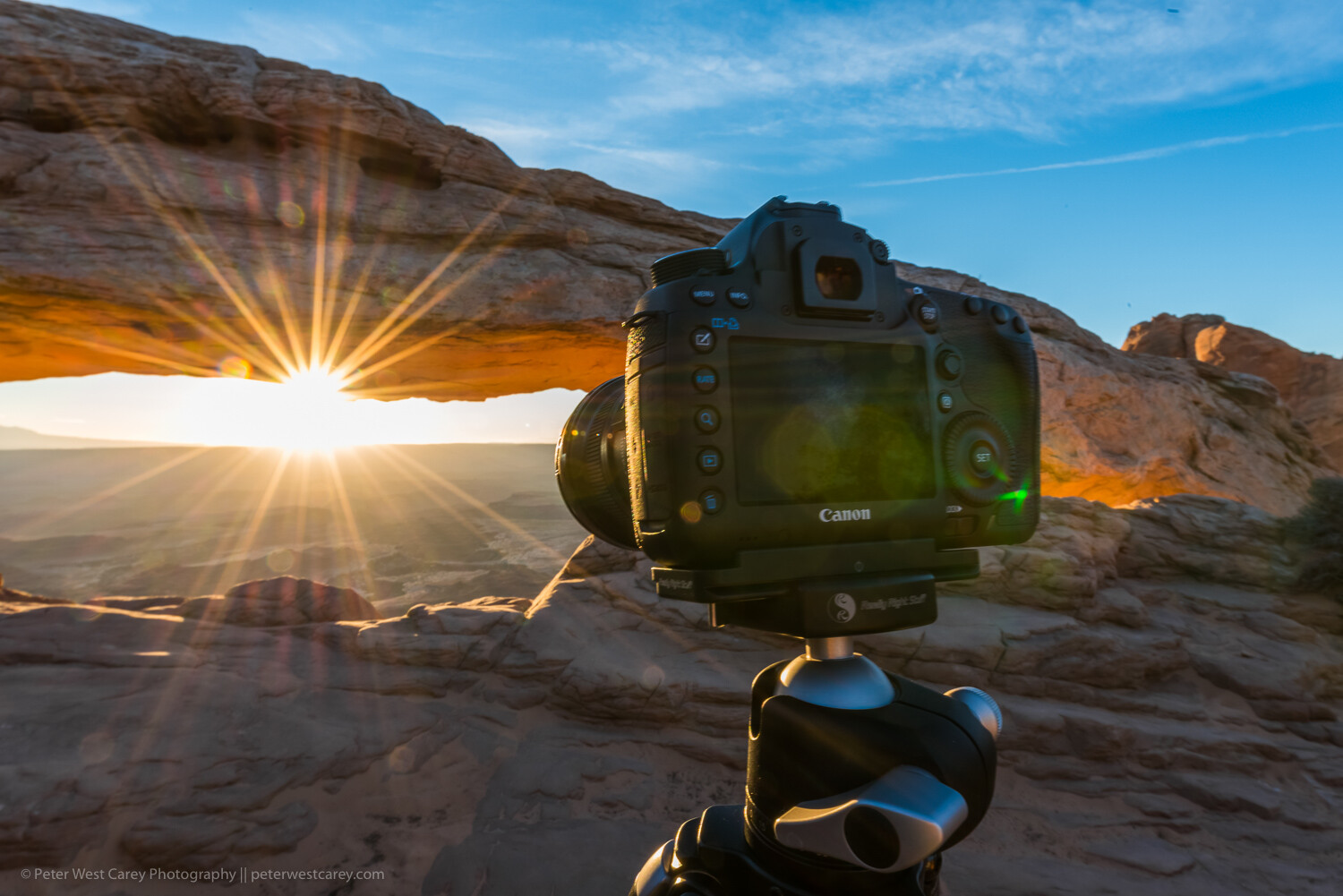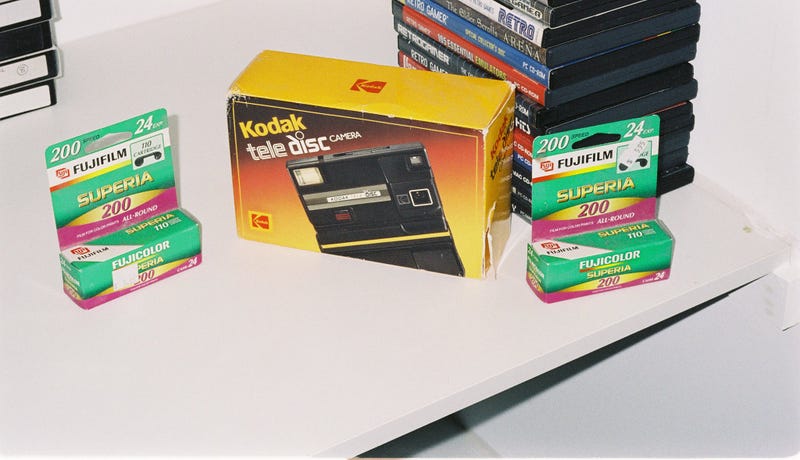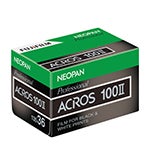10 Questions to Ask a Tour Operator Before Signing up for a Photography Tour
The company has an entrancing website and bedazzling photos. The itinerary looks all-encompassing and the testimonials seem positive. You’re excited and have your credit card ready for the deposit.Slow down, partner.
Before you hand over your money, it’s a good idea to ask a number of questions of the photography tour operator.

Asking questions before paying for a photography tour is all about setting expectations – both yours and the operators. It’s also a chance to learn about the professionalism of the person or company you are signing up with.
Here then are 10 key questions to help you with your tour choice.
1. Do they have insurance? And what will it cover?
Protecting yourself is important with any tour, and it’s important to know what your tour operator has in place before you sign up. With the proliferation of photographers jumping to offering tours, it’s possible not all have put serious thought into insurance matters.
At the least, your operator should have insurance covering accidents during the trip – both ones they cause and ones out of their control.
The reason operators may skimp on insurance is simple – it’s expensive. And that cuts into profits. It’s also often the reason two operators who offer roughly the same itinerary will differ in price by 10-20%. Make sure you are covered before paying your deposit.
2. What is their guest to instructor ratio?
Everyone has their own ideal when it comes to instructor-to-guest ratios. Some enjoy one-on-one instruction all the time, and others prefer a small group of maybe five or six. Still, others may love the anonymity of a large 15-person group so they can do their own thing without interference.
I prefer groups no larger than six guests per instructor. This allows for some hands-on, one-on-one time. It also ensures the instructor is not being asked 5,000 questions while you wait for your chance.
Also, realize that an instructor may have a low ratio, but the over-group size might be larger, meaning they may bring in other instructors to help out. This is usually not a problem, but if you are hoping to hear directly from the lead instructor who attracted you to the tour, be aware you might not get the amount of facetime you’re expecting.
3. Is this a tour or workshop?
What’s the difference between a workshop and a photo tour? Susan Portnoy has a good comparison on her site, The Insatiable Traveler.
A tour is a chance to be guided through an area typically rich in photographic content. There is less direct hands-on instruction, moment to moment, and the subject matter can cover a large spectrum.
A workshop, by contrast, is usually more hands-on and directed to a specific goal. An example of this is a one day workshop on street photography. Your instructor will be close at hand to make all those small course corrections and critiques needed for improvement.
4. Do they have any other assignments during this trip or is this their only gig?
I’ve run across this myself while taking a tour. The instructors brought us to a scenic overlook and then POOF! Gone.
It turned out they had an assignment in that area. While they only headed off five minutes away, it was rather disconcerting to think I, and the other guests, were less important for that hour of ‘other work.’
It’s important to also realize that having other work isn’t necessarily horrible for you. However, it’s important to know about it up front, and then you can decide if it is acceptable. Most of us are okay with some deviation if we know about it in advance.
5. Will there be daily opportunities to review work?
Some people love to have constant feedback and need that on their tour. While others could not care less because their art is a personal endeavor.
If you want regular feedback, ask about it. Again, it’s about setting expectations, so you’re not disappointed when your needs aren’t being met.
Sometimes the reviews are just back-of-camera check-ins to see what you’re seeing and offer correction or encouragement. Or maybe you want an hour of the instructor’s time every three nights in front of a laptop so you can get more in-depth critiques. Either way, know before you go.
6. Why do they run tours to this location?
This is a big question that should be easy for any operator to answer. I believe the best answer is, “Because I love the area/region/country!” Often, the answer in the background is, “Because it is highly profitable or super popular.”
There’s nothing wrong with making a profit or leading tours to popular spots, but I feel it is important to know why the operator is running the tours they run. If it’s for the love of an area, you’re more likely to get hard-to-acquire information, background details, and unique locations. Experience certainly matters in the photography tour business for access to hidden experiences.
7. What is their cancelation policy?
This item is pretty straightforward. You should ask this for tours, workshops or any time you are plopping down a large sum of cash for a service. Do they offer full refunds? What is the deadline for canceling without a fee? Do they offer to reschedule if extenuating circumstances or family health are involved?What about the operator canceling a tour? Will they try to rebook you with another, similar operator? How quickly will they offer a return of all funds?
8. What is a typical day like?
The advertisements and website you researched looked incredible! Beautiful images and exotic locations abound in that slick presentation.
But what will it really be like when you’re on the tour? Sure, no two days will be the same if you’re traveling all around. However, it is important to understand if you’ll be on a bus for five hours each day or if dinner is planned without thought to sunset timing each night. It’s often the difference between a photo tour and a regular tour.
In my mind, a photo tour should be a balance of exposure to opportunities with time to reflect and take a break. Food is also very important to keep energy up for shooting all day. If you’re always on the move, you won’t have time for photos. If your itinerary covers too much ground, you’ll see a lot of things through car or bus windows without many opportunities.
Pacing can be essential during a week or two-week long tour. If every day is packed with 18 hours of photography and instruction, you’re going to be exhausted by Day 3. Flexibility is also important so that one event taking extra time doesn’t make the rest of the day’s itinerary crumble.
9. How much instruction can you expect?
This question is also a chance to make your expectations known. If you want hand-holding the whole time, and have barely touched a camera, let the operator know so they can decide if the trip will be a good fit.
Perhaps you have a particular skill set you want to develop. Letting the operator know early will help them prepare, and both of you can work on a simple plan to help you improve during the tour. Everyone on your trip will have different aspects of photography they want to improve. Expressing your desires will help all involved.
10. Do they handle all logistics or work with local operators?
This is another question that has no right or wrong answer, but it’s important to know in setting your expectations. Some operators, to increase profits or because they desire more control, will want to book all the hotels, events, admissions, etc., themselves. This can also lead to a lower cost for guests. But it can also lead to the operator taking more time away from instructing.
On the other hand, an operator who hires a local guide or tour company should have more time for instructing. It can also help to have a local when things go sideways, and a deep understanding of local customs and protocol is essential. It allows for a division of labor; the local guide can go ahead and check the group into a hotel and have rooms ready while the group continues to soak up a particularly beautiful sunset.
Many of the questions I posed here have no right or wrong answer. However, I feel they are all important to ask in setting expectations before investing time and money in a tour. Asking them can also help expose a guide who is not organized or ready to take a group on a trip due to lack of diligence.
Share this article.
































 Photo: Matthew Paul Argall (
Photo: Matthew Paul Argall (
